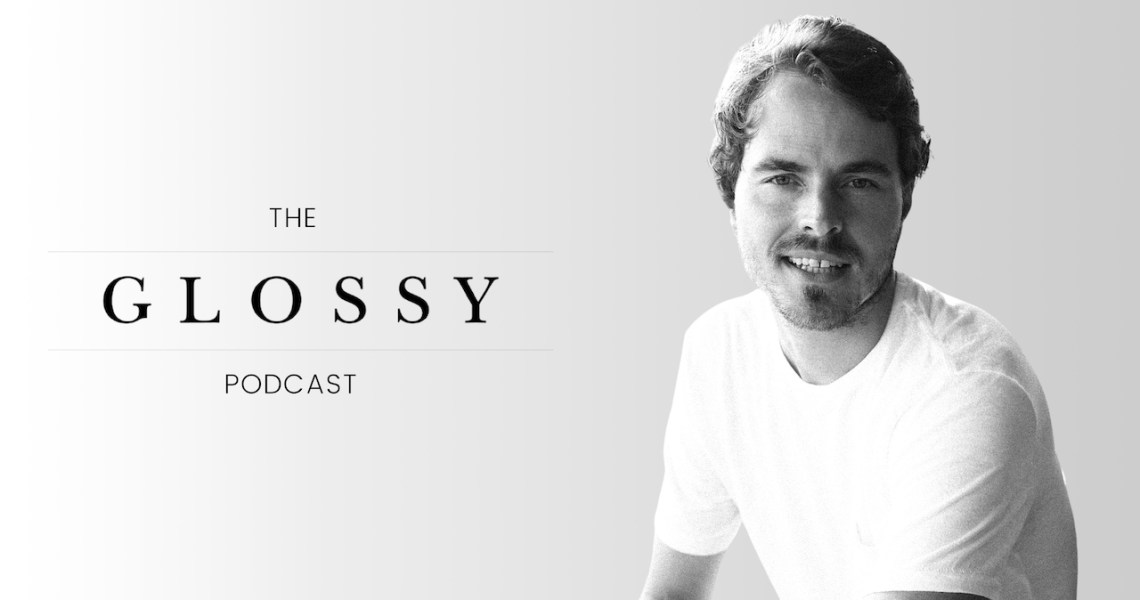Subscribe: Apple Podcasts | Stitcher | Google Play | Spotify
To forecast the next fashion trends, Soludos founder Nick Brown looked to past crises.
Before the 2008 crisis, “it was all about ornaments and stuff being very sexy and over-the-top,” Brown said on the Glossy Podcast. “Then in 2010, it shifted toward minimalism and modernism.”
Brown wagered that fashion will stay on the minimalist side. But either way, shoes are a tough category. “In some of these customer surveys, and certainly in my own life, I’m only buying what I need to, and I’m not going out that much,” Brown said.
As a result, Soludos is focusing on fewer products and sustainable production.
Product delivery has also evolved. Soludos’ sales have moved online; 70% of its sales now come through its own website, Brown said. “We’ve all seen the numbers that, in two months, there’s been 10 years’ worth of e-commerce penetration,” he said.
Here are a few highlights from the conversation, which have been lightly edited for clarity.
Ad position: web_incontent_pos1
The next fashion trends: simple aesthetic, transparent production
“In 2007, it was all about ornaments and stuff being very sexy and over-the-top. In 2010, it shifted toward minimalism and modernism — the rise of Everlane and the sans-serif, Glossier-driven brands that are refreshingly minimalist and to-the-point and simple. Here in Germany, I’m surrounded by glorious Bauhaus architecture, and that was all 1919, right after the Spanish flu of 1918, where it was all about form guiding function. In some of these customer surveys and certainly in my own life, I’m only buying what I need to and I’m not going out that much. So is it going to be less frivolous, less embellishment and more simplicity? I think where fashion’s going to go is a continuation of the trend of less is more, a return to simplicity. And as in 2010, it’s going to be about value with values. Never has it been more important to ensure that there’s integrity in the foundation of values beneath strong value propositions. Going slower and working harder to carve out meaningful product is where the industry’s going.”
Brands are recognizing that they’re all in the same boat
“In so many of the direct-to-consumer brands, I think three’s been an underlining of community and partnership amongst those brands, in terms of helping each other out. I’ve seen a host of brands coming together in regard to relief for Covid [or] helping each other tap into each other’s audiences, but also in terms of helping each other generate traffic. With the rise of marketplace apps and hosting each other’s products on each other’s websites, it does feel like more of a partnership — and potentially at a mark-up with unit economics that make sense. It’s almost more like an affiliate than a traditional wholesale mark-up. I think it’ll be interesting how that impacts the dropship model and the wholesale mark-up as brands come together and help each other.”
Selling optimism when it’s in short supply
“What’s really driving our business is sneakers and, as you can imagine, comfort. We work with a number of really talented artists that we partner with, including Marie-Sophie Lockhart, a Parisian embroidery artist who creates incredibly rich, textured embroidery that is very uplifting. We saw those take off. They’re optimistic, they’re literally waves and sunshine and rainbows on really soft leather sneakers that you can wear every day. They’re these kind of front-of-closet staples, and that’s what was driving business. [The consumer] is obviously not buying event heels or even wedges. So we’ve very much been focused on our sneaker business and sandals.”




